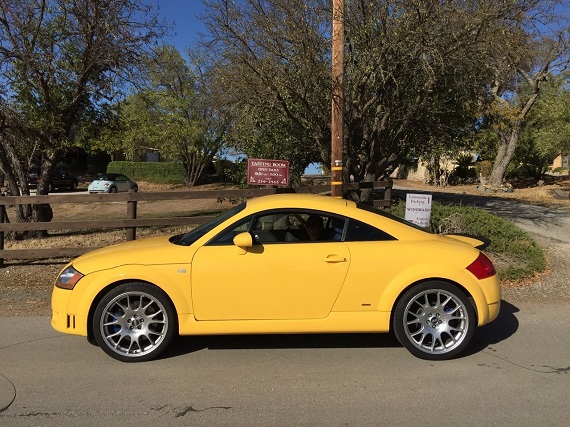When they launched the original Quattro, Audi redefined how performance could be packaged. With supercar performance but day to day practicality, the Quattro established a niche that made Audi unique amongst not only German manufacturers, but indeed the automotive world. Since then, however, the idea of all-wheel drive and turbocharged platforms have spread not only to sister companies Porsche and Volkswagen, but indeed to Mercedes-Benz, BMW, Porsche, Opel and even outside Germany to Japan. So Audi once again redefined its packaging; in the case of the TT, they brought expensive styling to the masses, and in the case of the R8, they brought supercar performance and packaging to a 911 budget. But it’s not just Audi that has raised its game; tuning firms are held to much higher standards then they were in the 1980s. Go back and look at some early Callaway turbo setups, for example, and you’ll see what was cutting edge in the 1980s – levels of fit and finish that just aren’t acceptable today, along with driving characteristics not suitable to most owners. Computerized engine management has transformed what is possible in the tuning world to the point where today’s packages often retain OEM-levels of driveability with otherworldly performance on tap. Two great examples of this can be found in HPA’s turbocharged Audi TT and Heffner’s twin-turbocharged Audi R8:
